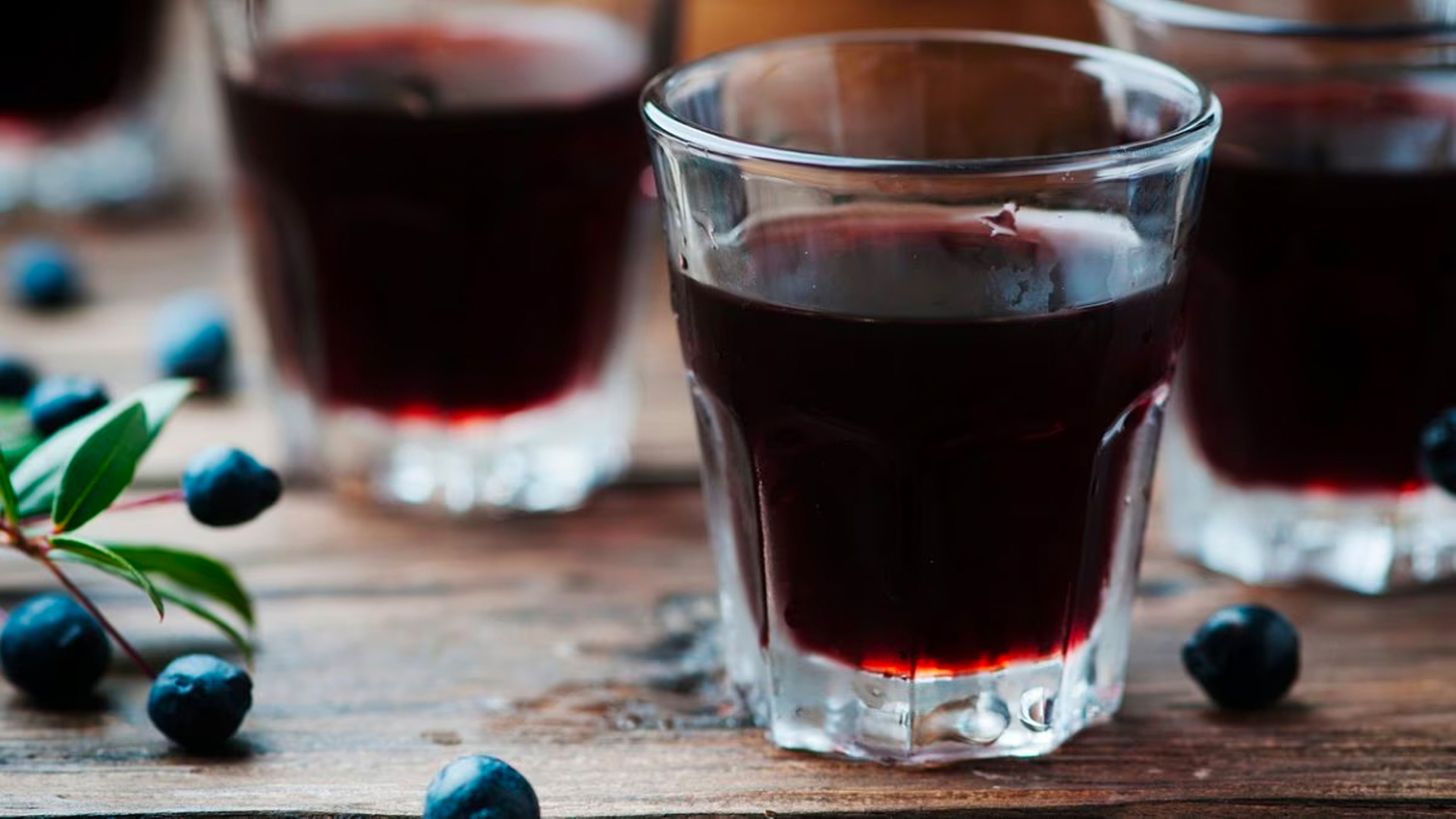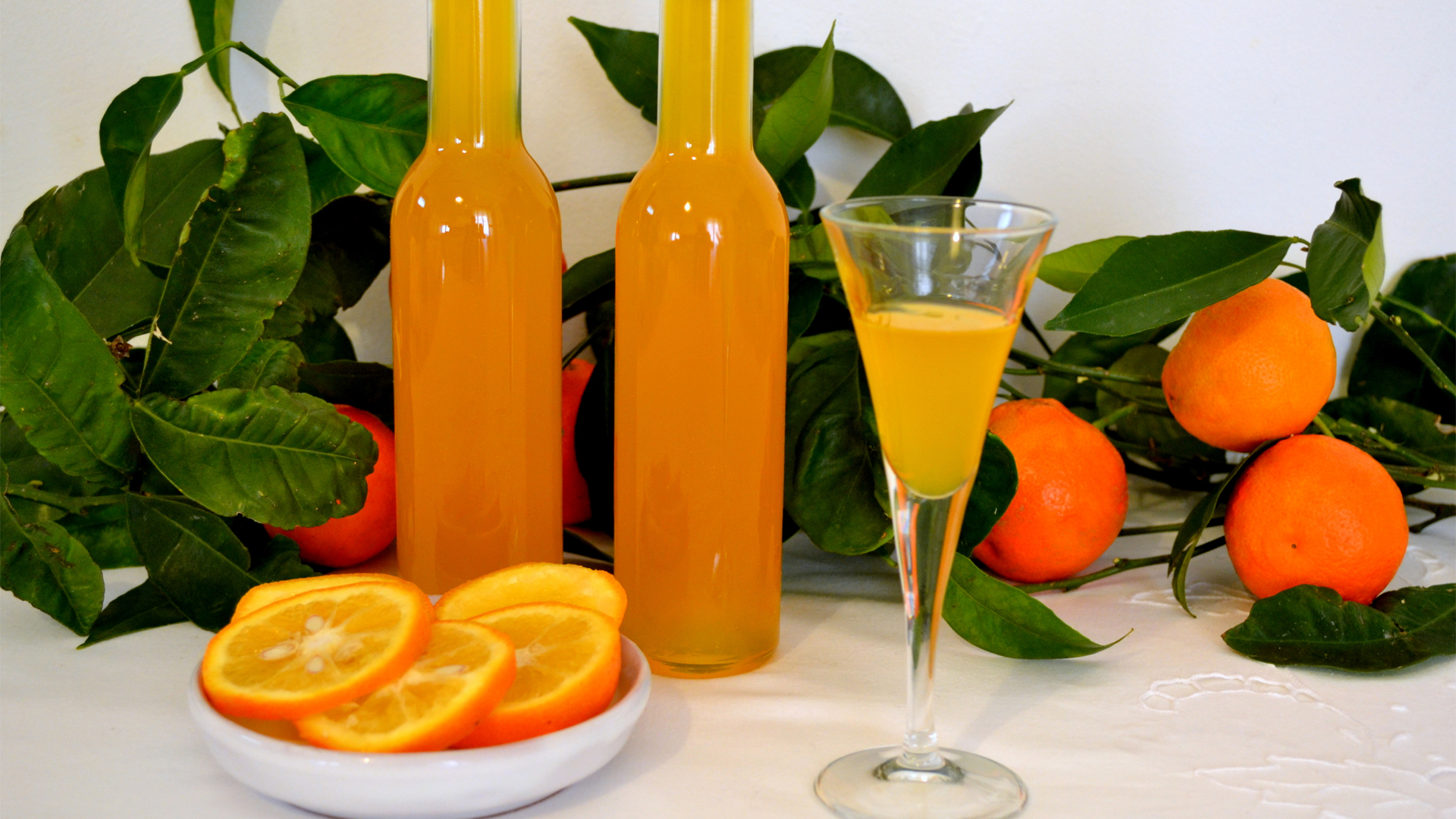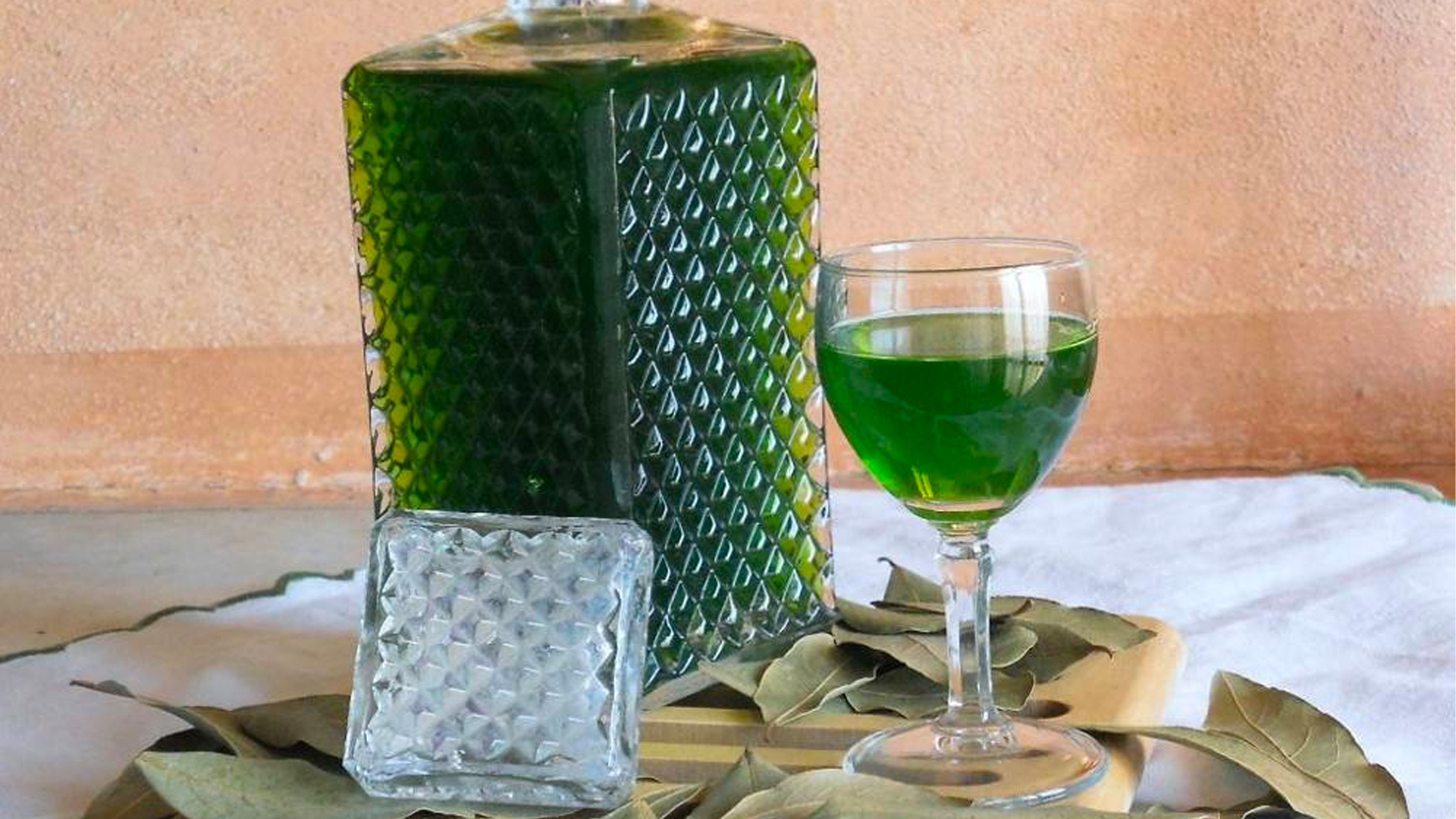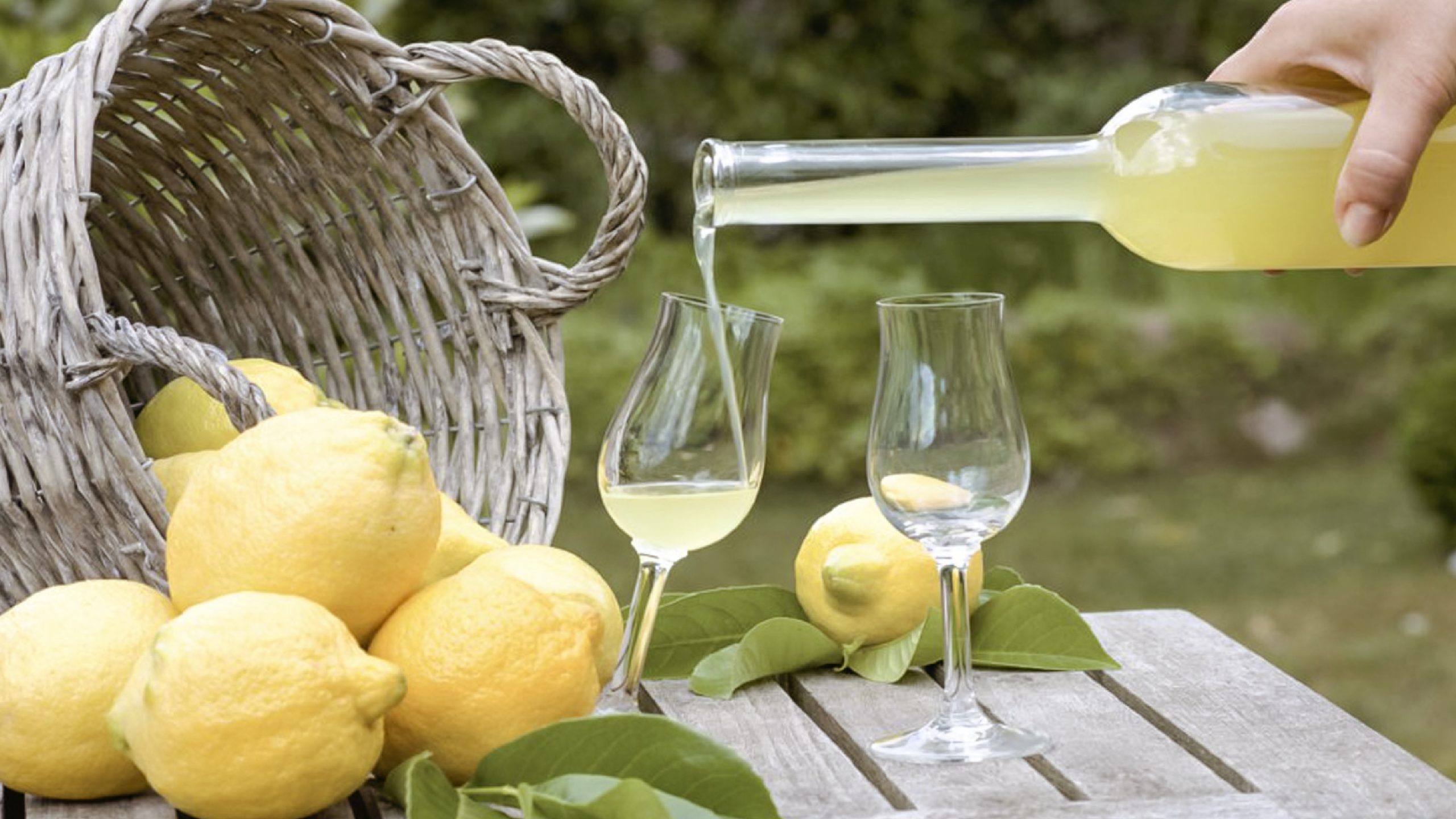The southern regions of Italy are well known for their sweet, aromatic, and herbaceous liqueurs that commonly act as digestivi, drinks that are served generously chilled after dinner to aid with digestion. An important part of any Italian meal, digestivi also vary by region, and are usually made using organic local herbs and spices.
Limoncello

Limoncello is a liqueur that needs no introduction. Hailing from the Amalfi Coast, but also found in abundance throughout southern Italy, the liqueur is made with Femminello St. Teresa lemons, super-sized lemons that pack an extra citrine flavor and are native to the Sorrento Peninsula. Made by steeping lemon peels in highly concentrated vodka and then mixing the resulting liquid with simple syrup, the bright yellow liqueur has an alcohol content ranging from 25 to 30 percent. It’s usually served chilled as a digestivo.
Crema di limoncello is a cream-based variation of the popular liqueur, made by combining alcohol and lemon peel macerate to a mixture of milk, cream, sugar, and vanilla. This creates a smooth creamy liqueur that is pale yellow in color.
Vecchio Amaro del Capo

(image by Freepik.com)
One of the country’s most famous amaros, Vecchio Amaro del Capo is made in a distillery that has been family-run and operated since 1890. Originating from the Calabria region, it’s infused with 29 local herbs, flowers, and roots. While the official recipe has been kept secret within the family, the dark brown amaro has as its dominant palate notes of bitter orange peel, licorice, peppermint, and aniseed. It is typically served chilled as a digestivo.
Liquore di Mirto

This sweet liqueur is native to the island of Sardinia and is made by macerating mirti rossi, red myrtle berries, for several weeks. The resulting liquid is strained and sweetened before being blended with alcohol. Commonly homemade, the blood red liqueur can also be found commercially, and it strikes a delicate sweet, and herbaceous balance.
Strega
Invented in 1860 in Benevento, a city in the Campania region that has long been associated with legends of witches and wizards, Strega, meaning witch, is a vibrant yellow liqueur made with 70 spices, botanicals, and herbs. The blend includes Ceylon cinnamon, Florentine Iris, cloves, mint, juniper, and saffron, and is aged in ash barrels to produce a sweet, herbal drink with a 40 percent ABV.
Mandarinetto

Mandarinetto is a traditional Sicilian liqueur made with fresh mandarin oranges to create a bright orange liquid that is both deliciously fresh and aromatic. Prepared by peeling and macerating mandarin skins in neutral alcohol, the resulting liquid is sweetened and mixed with water and then strained and left to settle. With a piercing citrus flavor, it is usually enjoyed chilled as a digestivo during the warmer summer months.
Liquore di Alloro

Liquore di Alloro is a traditional liqueur hailing from the Puglia region that is made by macerating laurel leaves in alcohol and adding sugar and water. This bright green liqueur is mostly homemade and is best served chilled as a digestivo.
Asia London Palomba
Asia London Palomba is a trilingual freelance journalist from Rome, Italy. In the past, her work on culture, travel, and history has been published in The Boston Globe, Atlas Obscura, The Christian Science Monitor, and Grub Street, New York Magazine's food section. In her free time, Asia enjoys traveling home to Italy to spend time with family and friends, drinking Hugo Spritzes, and making her nonna's homemade cavatelli.


